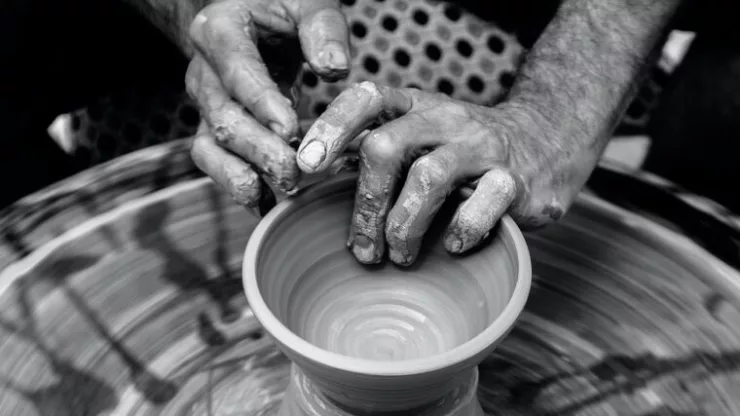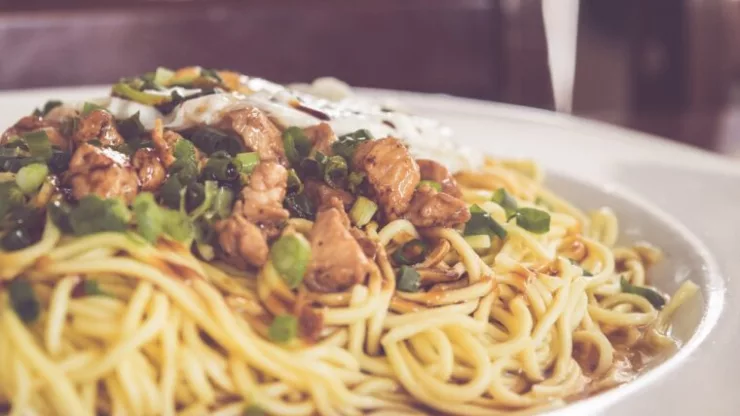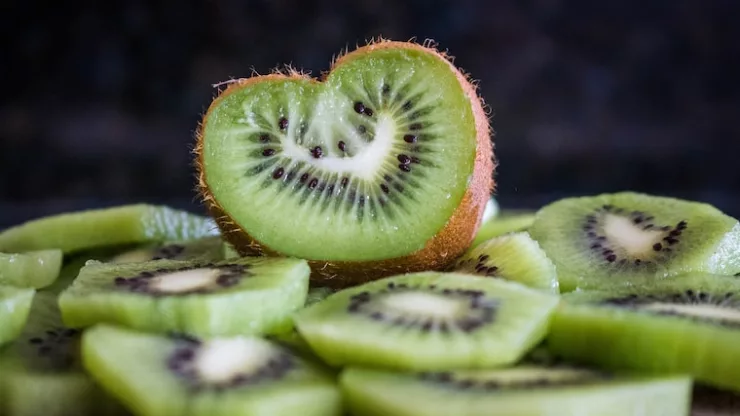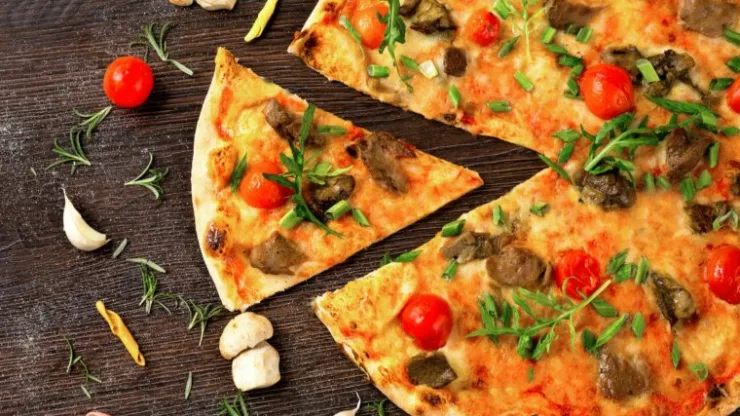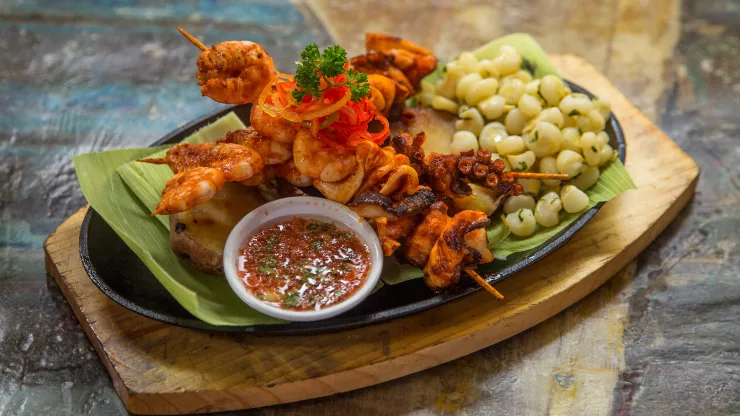Most people may not think of clay as a culinary ingredient, but the practice of consuming earth and clay, known as geophagy, has deep roots in various cultures around the world.
This ancient delicacy has been consumed for centuries for its perceived health benefits, cultural significance, and even as a flavorful addition to meals.
In this article, we’ll dig into the rich history of edible clay and explore the reasons behind this intriguing gastronomic practice.
A Taste of History: The Origins of Geophagy
The consumption of edible clay can be traced back to ancient civilizations, with evidence of geophagy found in various cultures:
- Ancient Greece: The famous Greek physician Hippocrates wrote about the medicinal properties of earth and clay.
- Native American tribes: Indigenous peoples across North and South America have long consumed clay, particularly as a way to neutralize the toxins found in certain plant-based foods.
- African cultures: Various African tribes have a long-standing tradition of consuming clay for its believed health benefits and cultural significance.
Digging Deeper: The Benefits and Uses of Edible Clay
Edible clay is not only an ancient culinary tradition but also believed to provide numerous health benefits and practical uses:
- Detoxification: Edible clay is thought to have detoxifying properties, as it can bind to toxins and help eliminate them from the body.
- Mineral supplementation: Some types of clay, such as bentonite clay, are rich in minerals like calcium, magnesium, and iron, which may provide essential nutrients when consumed.
- Digestive aid: Consuming clay has been claimed to help with digestive issues, such as constipation and diarrhea, by regulating bowel movements and soothing the gastrointestinal tract.
- Culinary uses: In some cultures, edible clay is used as a natural food preservative, flavor enhancer, or even as a base for traditional dishes.
Modern Practices: Edible Clay in Today’s World
In contemporary times, the practice of geophagy continues in various forms:
- Health supplements: Edible clay is often sold as a natural health supplement, with proponents claiming benefits such as detoxification, mineral supplementation, and digestive support.
- Pregnancy cravings: Some pregnant women experience cravings for non-food items, including clay, a phenomenon known as pica.
- Culinary exploration: Innovative chefs and food enthusiasts have experimented with edible clay as a unique ingredient in modern cuisine.
Conclusion
The tradition of consuming edible clay, or geophagy, offers a fascinating glimpse into the diverse culinary practices and beliefs of cultures around the world.
While this ancient delicacy may seem unusual to some, it has persisted for centuries due to its perceived health benefits and cultural significance.
As we continue to explore and appreciate the rich tapestry of global cuisine, the story of edible clay serves as a reminder of the extraordinary and unexpected ingredients that have shaped our gastronomic heritage.
FAQ
Q: What is geophagy?
A: Geophagy is the practice of consuming earth and clay, often for its perceived health benefits, cultural significance, or as a culinary ingredient.
Q: Is consuming clay safe?
A: Consuming small amounts of certain types of edible clay is generally considered safe.
However, it’s important to ensure that the clay is specifically labeled as “edible” or “food-grade,” as some clays may contain harmful contaminants.
Q: What are the benefits of consuming edible clay?
A: Some claimed benefits of consuming edible clay include detoxification, mineral supplementation, digestive aid, and use as a natural food preservative or flavor enhancer.
It’s worth noting that scientific evidence supporting these claims varies, and more research is needed to fully understand the potential benefits of edible clay.
Q: Can edible clay be used in cooking?
A: Yes, edible clay has been used in various culinary applications, such as a base for traditional dishes, a flavor enhancer, or even as a natural food preservative.
Q: Where can I find edible clay?
A: Edible clay can be found online or in some health food stores.
Be sure to choose a product that is specifically labeled as “edible” or “food-grade” to ensure its safety for consumption.

I am a fun fact enthusiast and creator of Facts On Tap.
I love to share my knowledge and curiosity with readers and inspire them to learn something new every day.
When I’m not writing, I enjoy traveling, reading, and playing trivia games with my friends.
